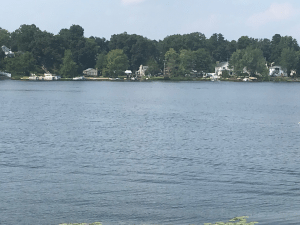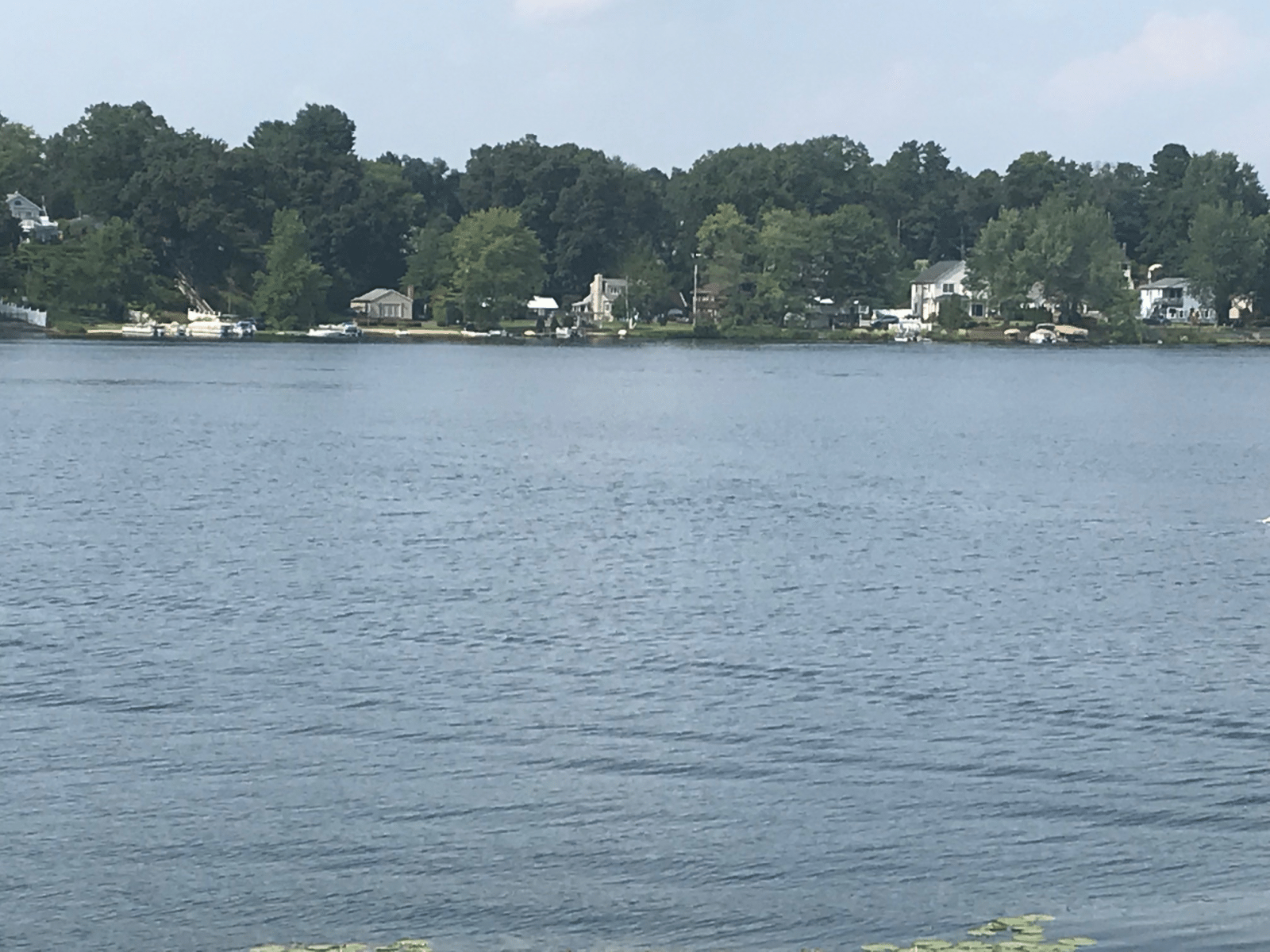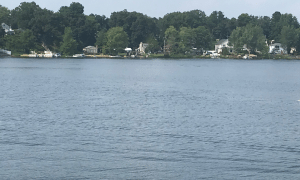SOUTHWICK – Recently, Rep. Nick Boldyga was informed by Governor Charlie Baker and Secretary of Energy and Environmental Affairs, Matthew Beaton, that Southwick won’t be receiving funding for alum treatments on Congamond Lake.
Despite not receiving the funding, Southwick town officials are planning to secure the alum treatment funding for the fall of 2019 so the treatment can be done in the spring of 2020.

Southwick town officials will now look to do the alum treatment on Congamond Lake in the spring of 2020. (WNG File Photo)
Dick Grannells, Chairman of the Lake Management Committee, said that the longer Congamond Lake does not receive alum treatment, the higher the potential of bringing a negative impact to the lakes.
“It all depends on the weather, water temperature, and whether you get a lot of wind,” said Grannells.
The threat to the lake comes from the desperate need to restore the water quality in certain sections of the lake and curtail the increase of toxic Cyanobacteria algae blooms. In the letter sent by the town officials to Beaton on January 10, it indicates that there have been several blooms of toxic Cyanobacteria over the last six years, including blooms in 2016 and 2017.
Grannells added that when phosphorus is down at the bottom of the lake along with muck, and if a large wind storm occurs, all of that muck could come up to the surface to cause the algae to explode.
“You have to worry about it, you just don’t know,” said Grannells. “There’s so many factors that cause the explosion of the algae blooms.”
Dr. Ken Wagner, a consultant limnologist hired by the town, conducted a two-year water quality study on Congamond Lake. Along with the data points and water samples done by the town, the study indicated that alum treatment in the near future was necessary in order to maintain Congamond Lake water quality. Grannells noted that an alum treatment takes about two to three weeks to conduct.
The last alum treatment done on Congamond Lake was done approximately 30 years ago and Grannells noted that a treatment usually lasts 15 to 18 years, but starts to degrade at around 10 years. Although, for several years into the treatment, the positive impact of the treatment is obvious.
“You will see immediate results,” Grannells said. “All of a sudden the water will be much clearer.”
Grannells also noted that the alum treatment passivates the phosphorus that’s sitting at the bottom of the lake and deters the phosphorus from creating algae blooms.
Last year, Boldyga and Sen. Don Humason were able to put language in an Environmental Bond Bill that was put into law in the last session in 2018. The language involves the bill providing nothing less than $1 million to be expended for flooding control, dredging, and eradication of any non-native plant species for the canal brook on Congamond Lake. As a result of that, both local officials are hoping that the state could include the $850,000 of funding for the alum treatment in the language of the $1 million bond bill.
Beaton is no stranger to Congamond Lake as he visited the body of water in September of 2016 and went on a boat tour with Southwick town officials in order to find out more about the lake and what it has to offer.







